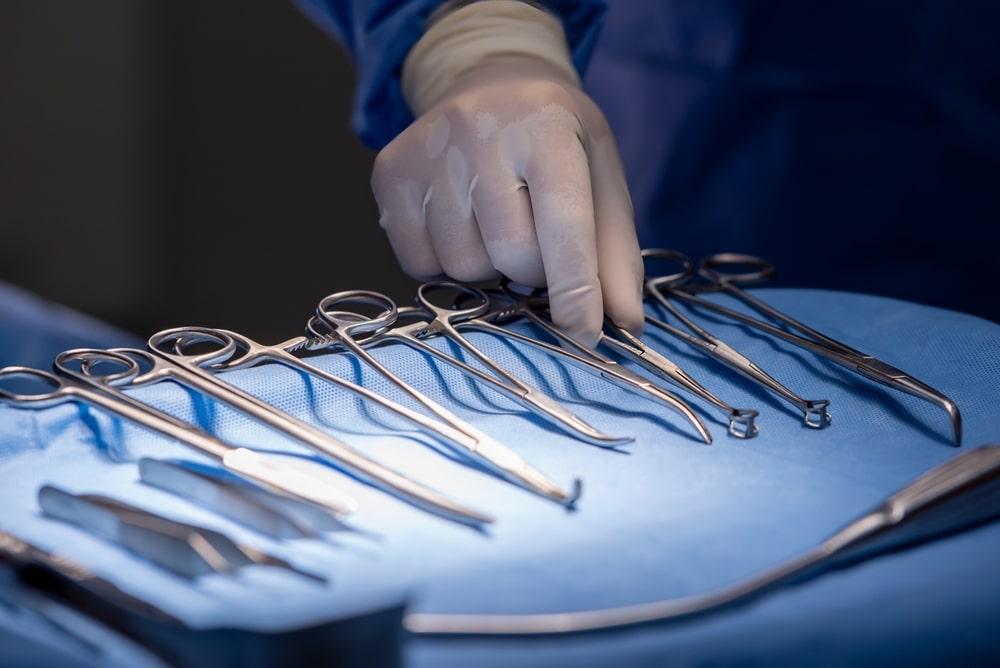
"The choice between straight and curved surgical scissors depends mainly on the surgical field's accessibility and the surgeon's line of sight. Straight scissors deliver superior control for surface-level cuts and suture removal. Curved scissors enhance visibility and access when working around anatomical structures or in confined spaces. Cardiovascular Surgery Applications Cardiovascular procedures require exceptional precision from surgical instruments."
"Scissors used in cardiac surgery must cut cleanly through various tissue densities without causing unnecessary trauma. Surgeons use specialized cardiovascular scissors to trim grafts, create precise anastomoses, and remove damaged tissue from heart valves. These procedures require scissors with ultra-sharp blades that maintain their cutting edge throughout lengthy operations. The instruments must also resist corrosion from blood and other bodily fluids, while providing tactile feedback to surgeons working with delicate cardiac structures."
Surgical scissors come in specialized forms—Mayo for heavy tissues and sutures, Metzenbaum for delicate soft tissue dissection, and Iris for fine ophthalmic and plastic procedures. Straight scissors give control for surface cuts and suture removal, while curved scissors improve visibility and access around anatomy or within confined spaces. Cardiovascular surgery demands ultra-sharp, corrosion-resistant scissors that preserve edges during long operations and provide tactile feedback for precise graft trimming, anastomosis creation, and valve tissue removal. Orthopedic and trauma settings require heavy-duty scissors capable of cutting through tough tissue and materials. Instrument durability and corrosion resistance remain critical across specialties.
Read at Alternative Medicine Magazine
Unable to calculate read time
Collection
[
|
...
]